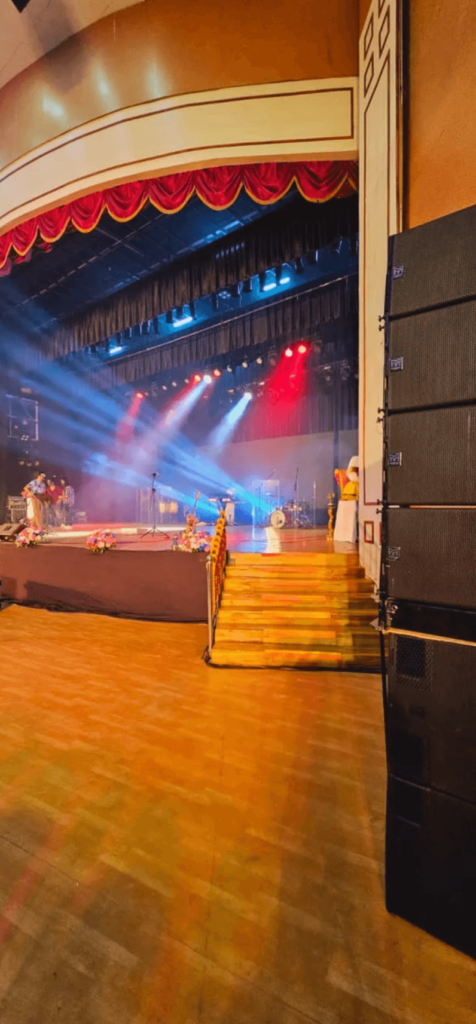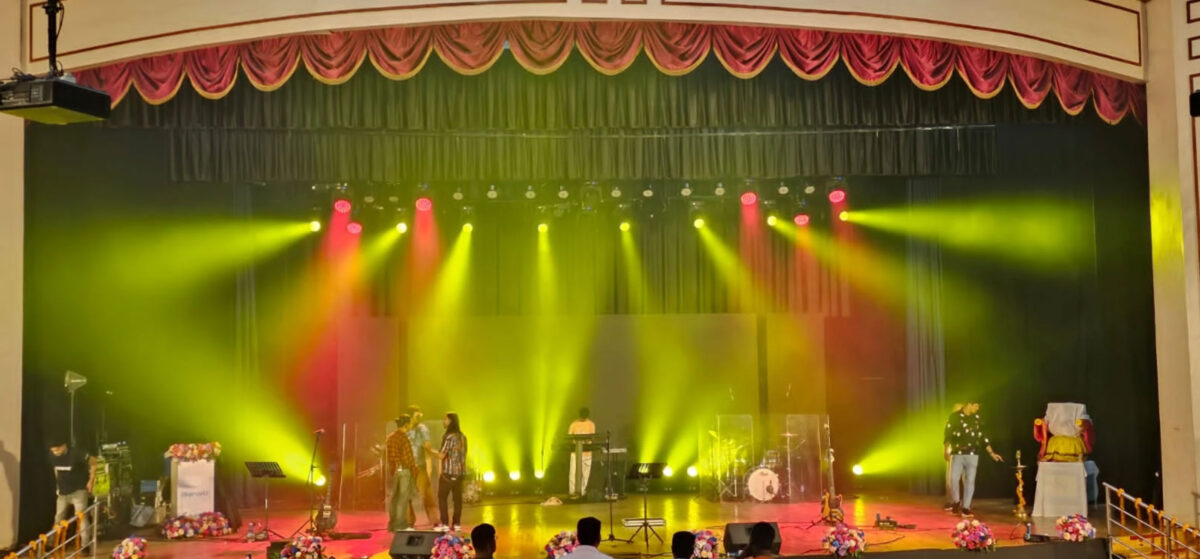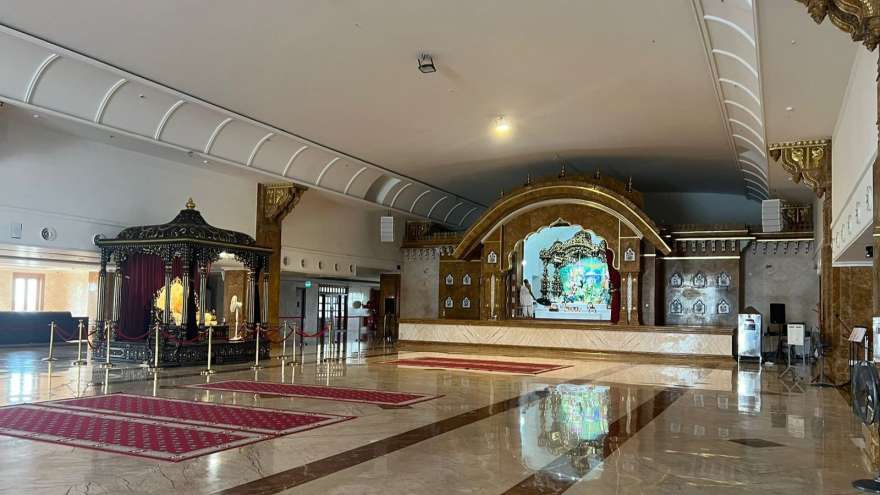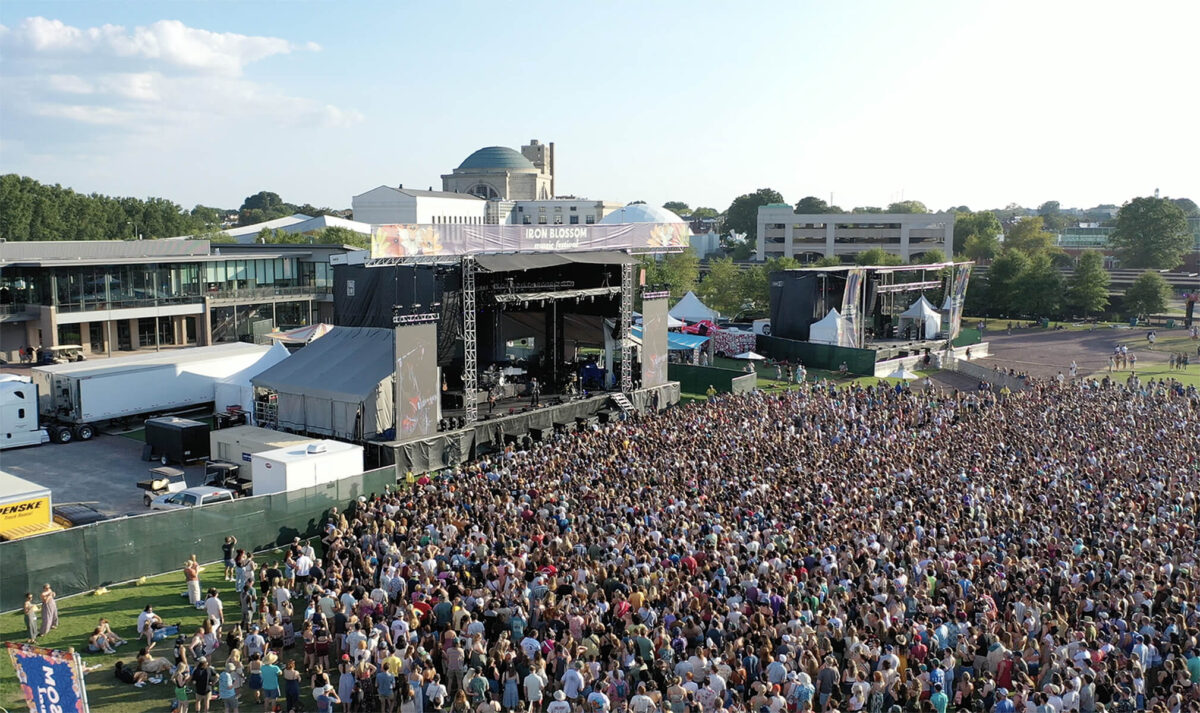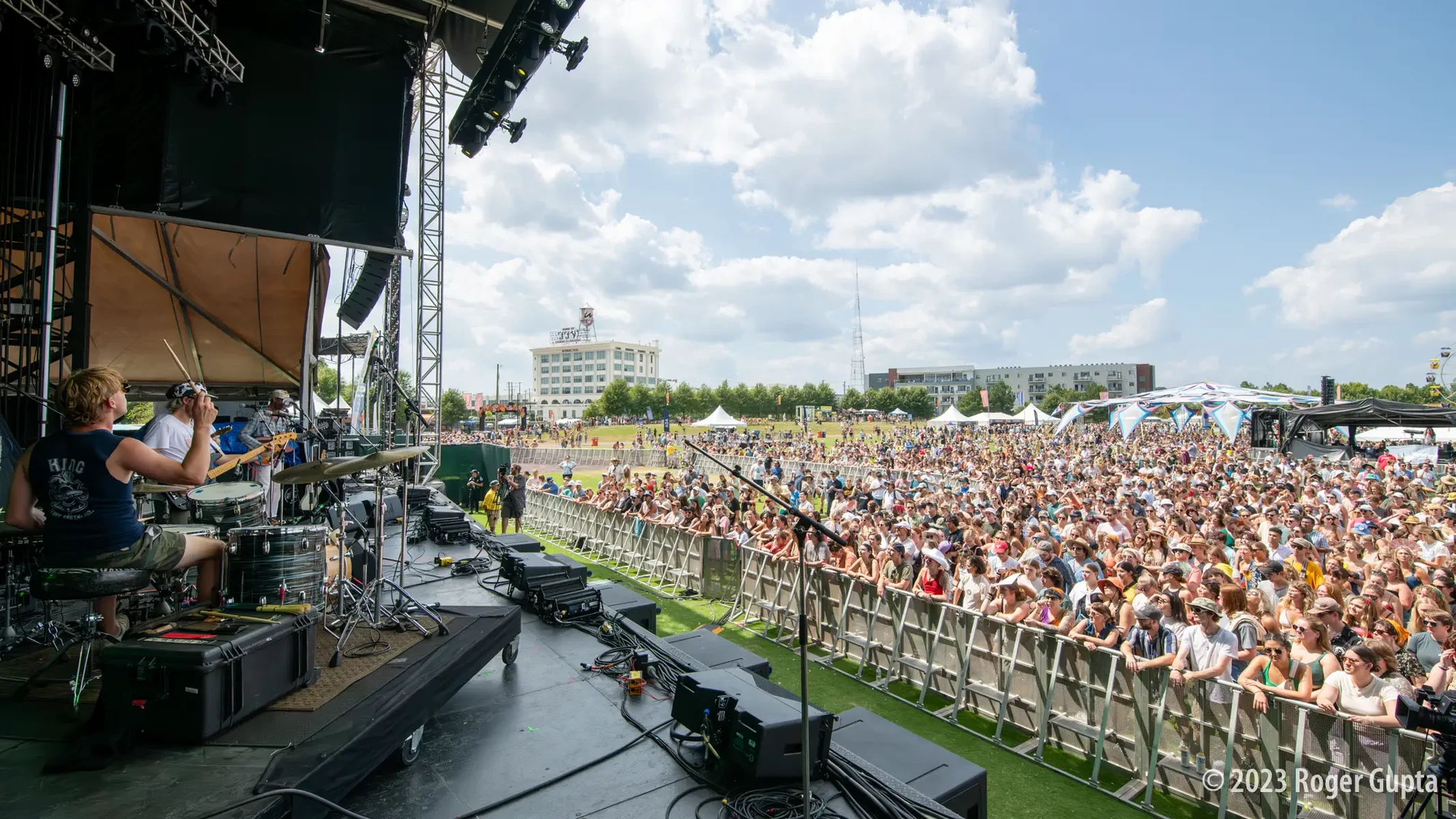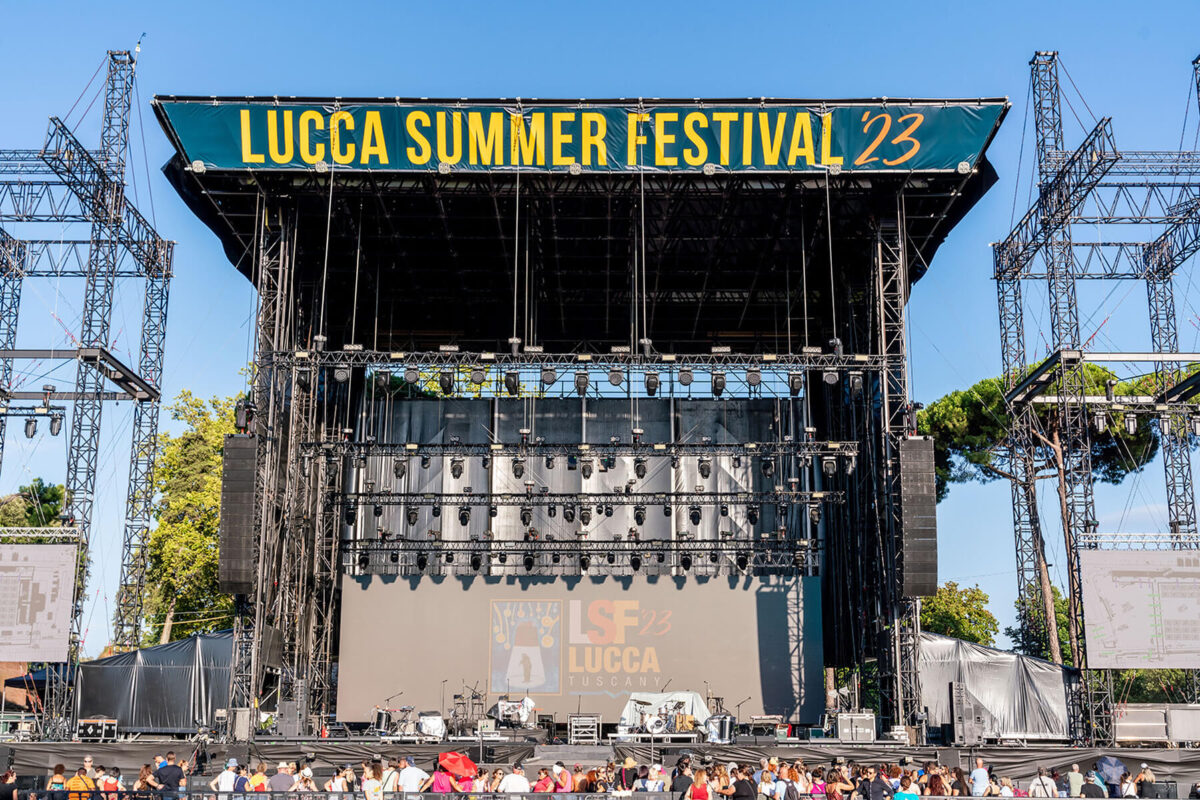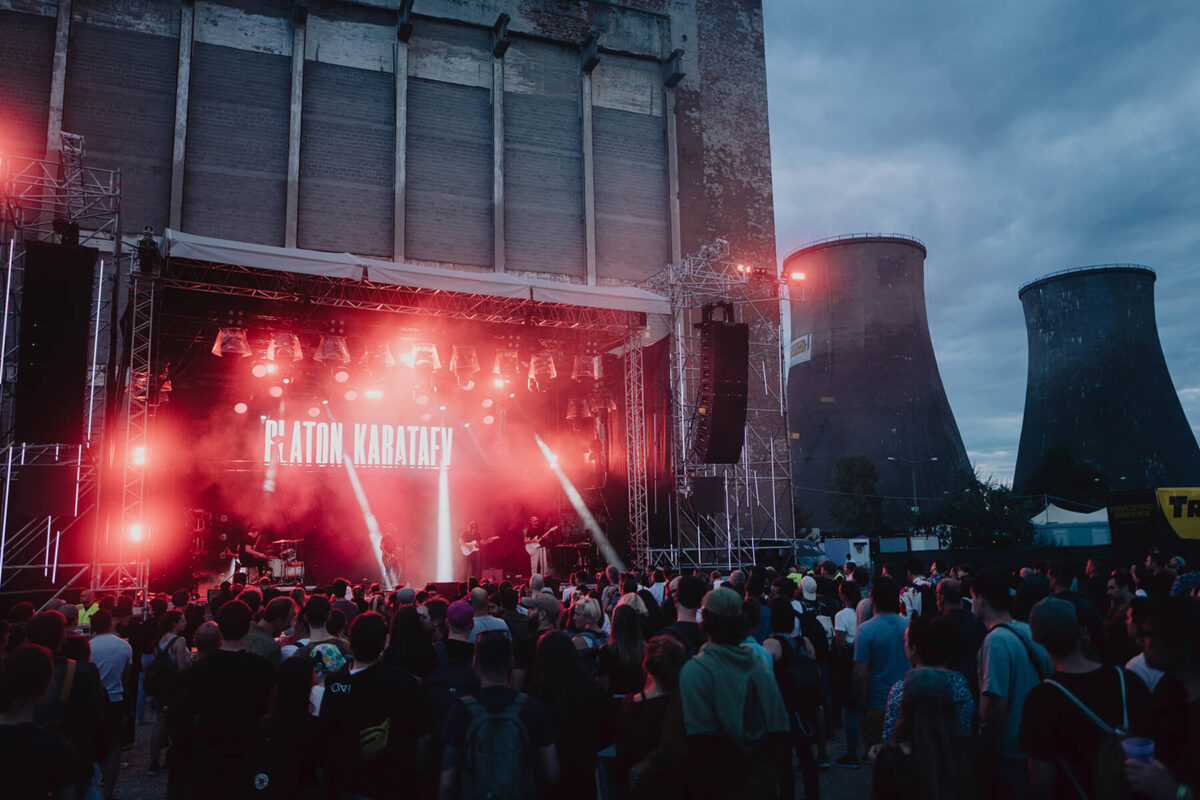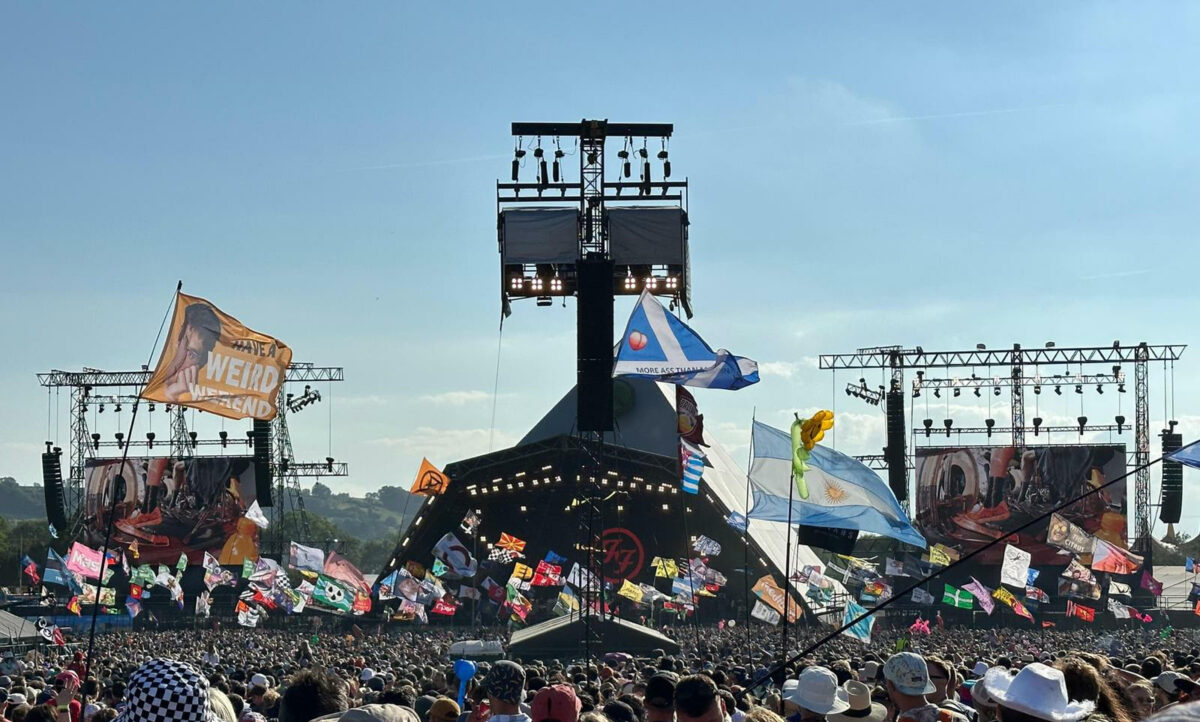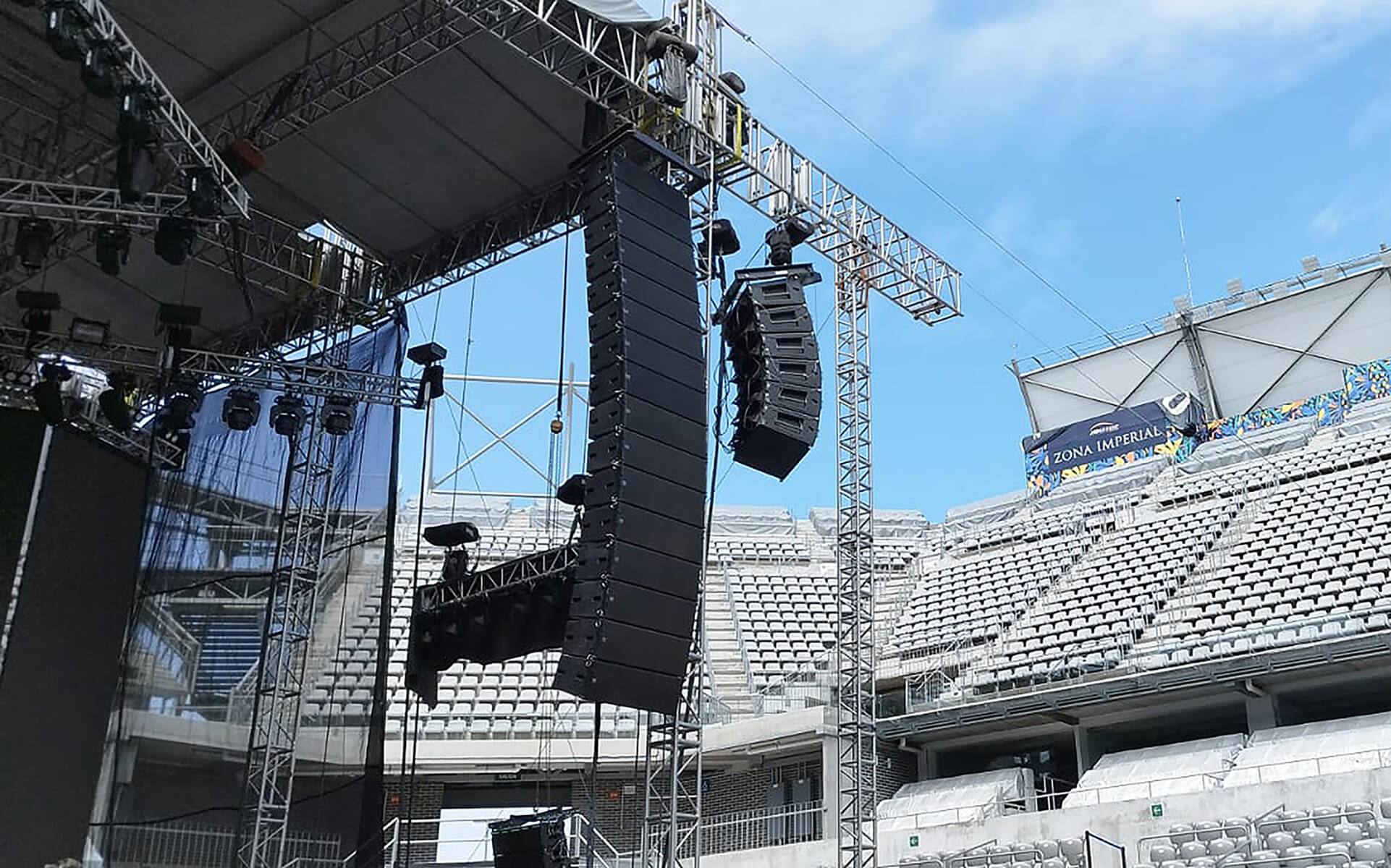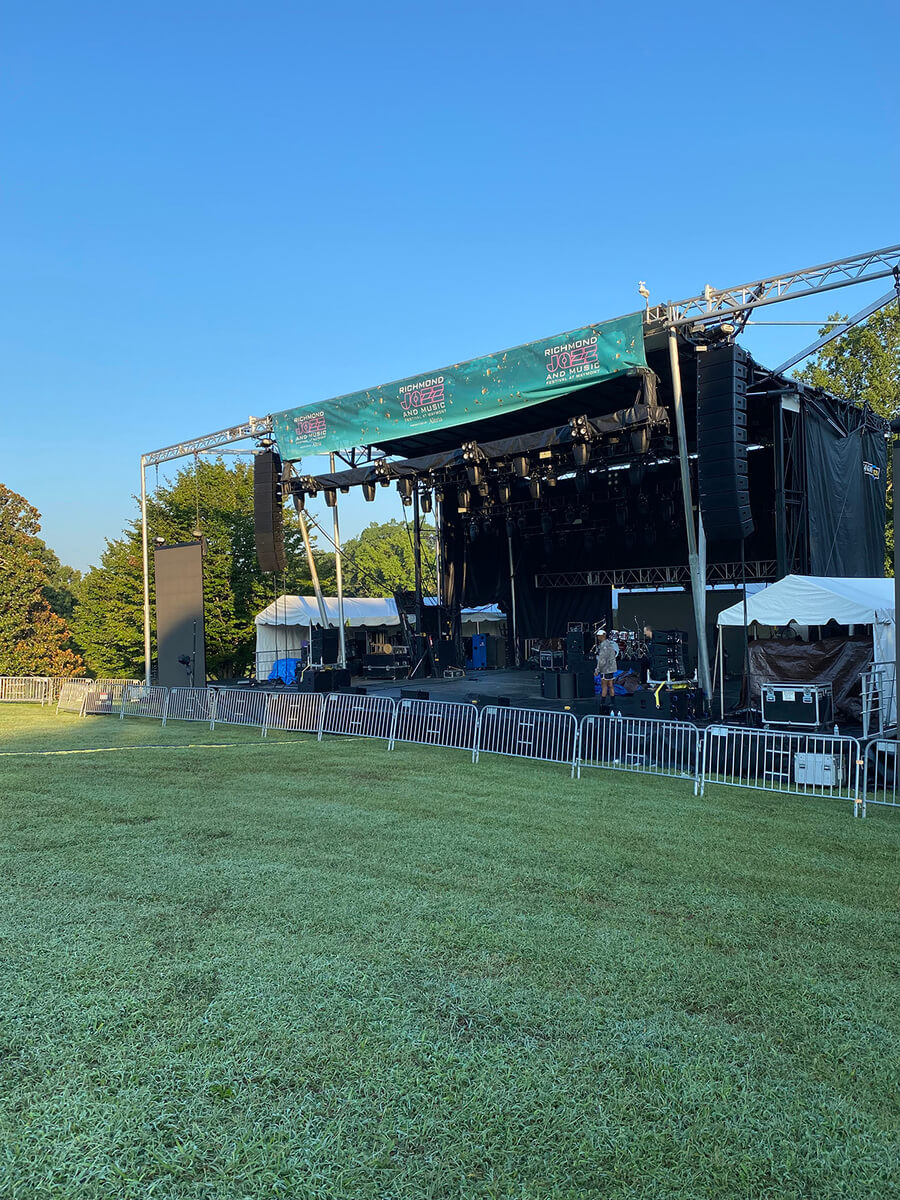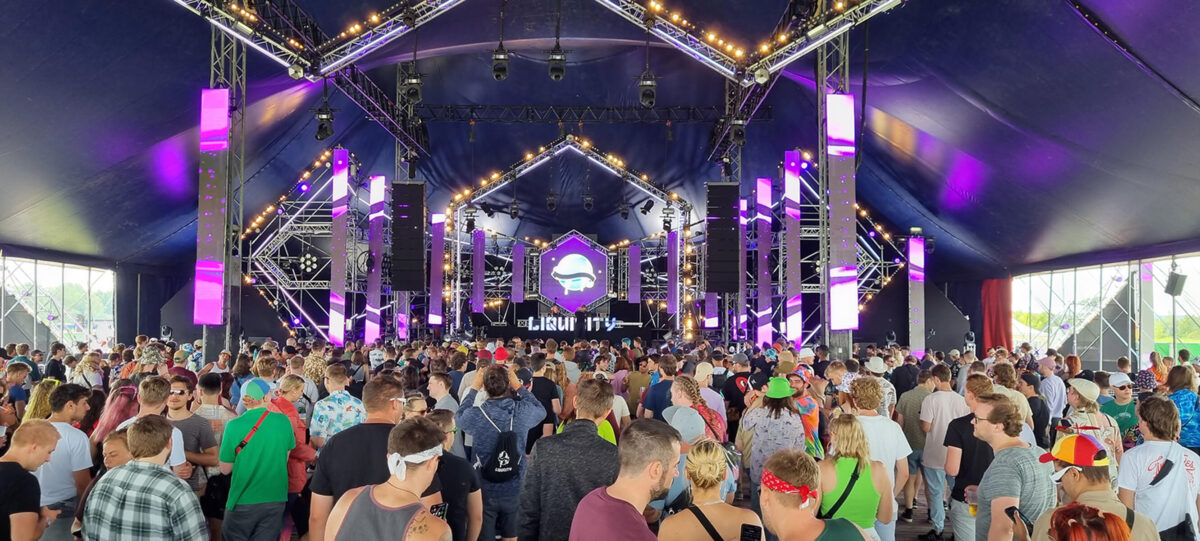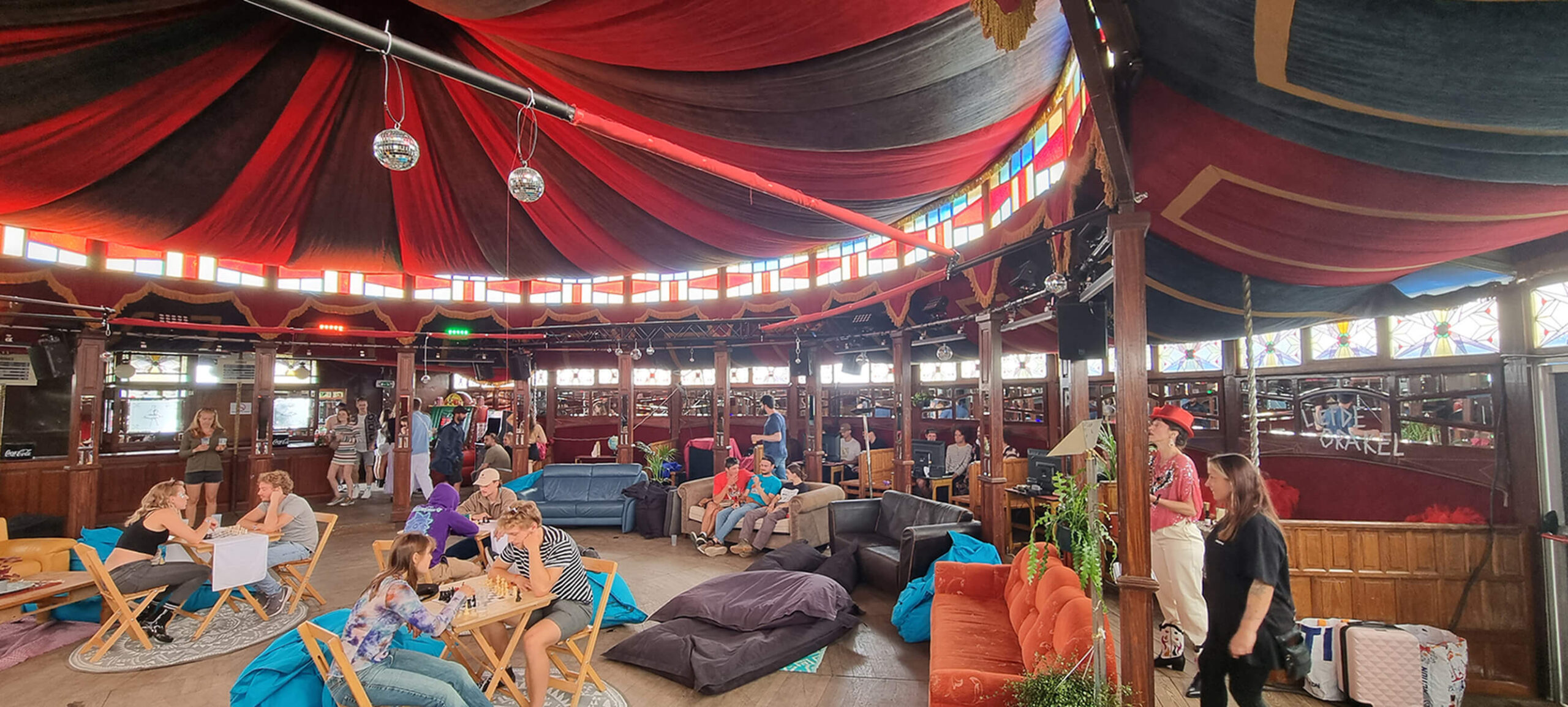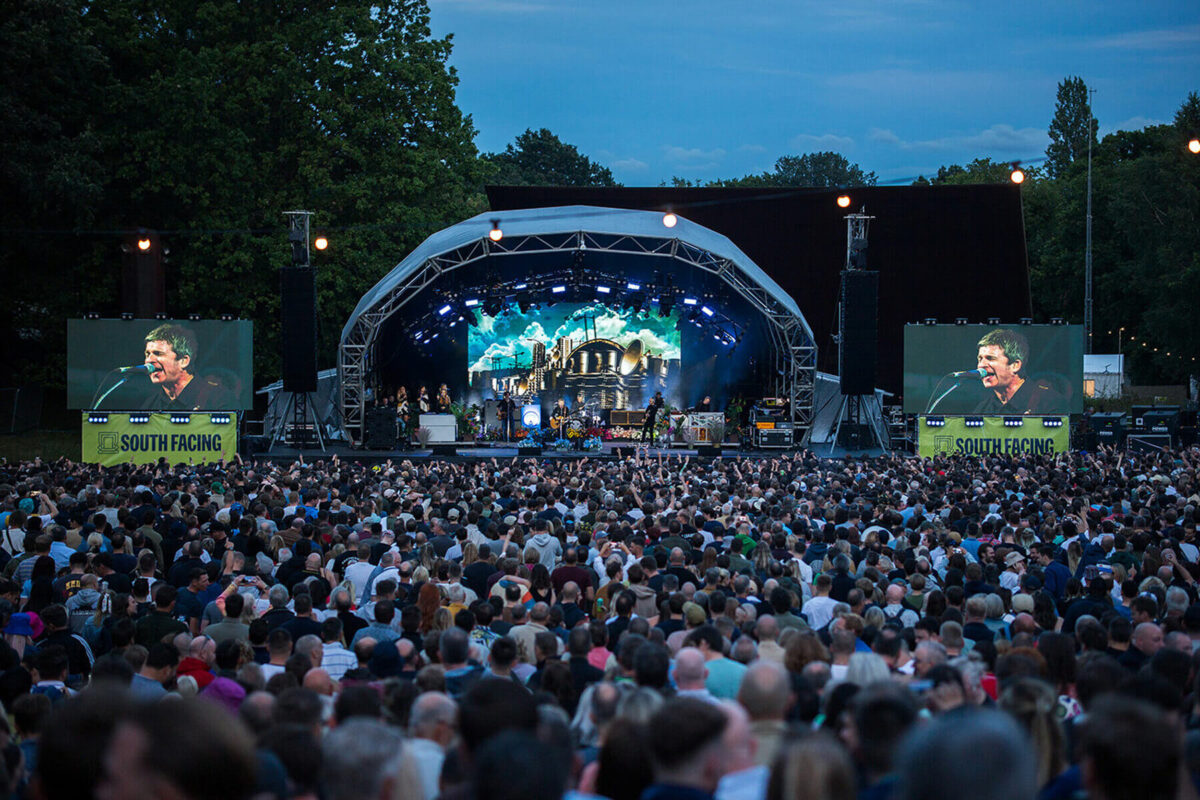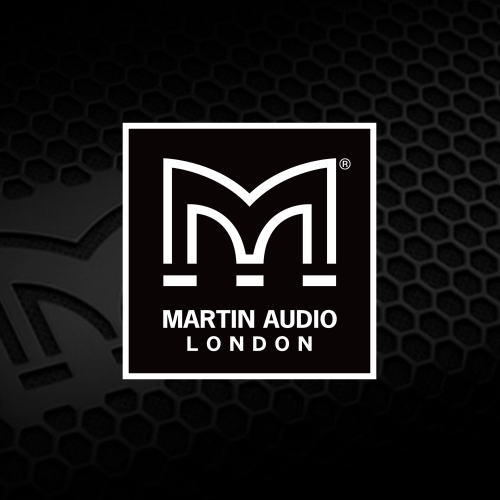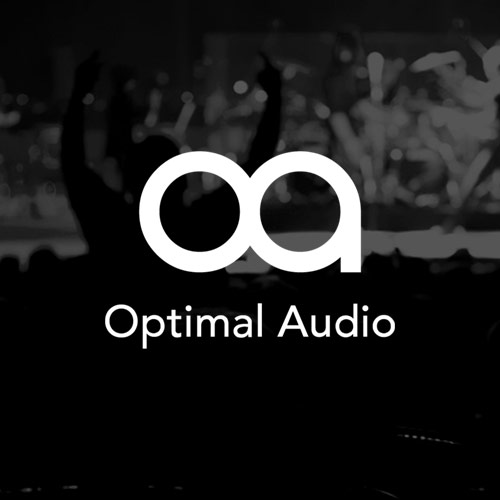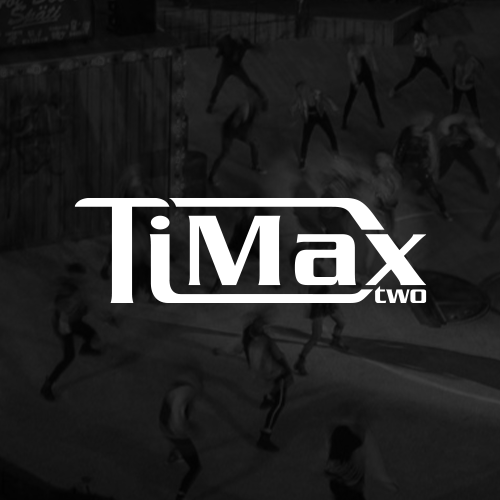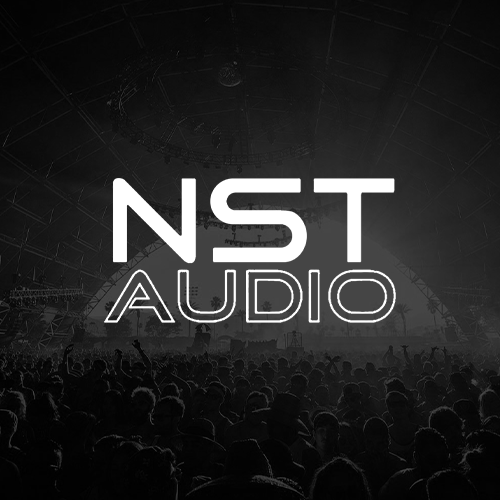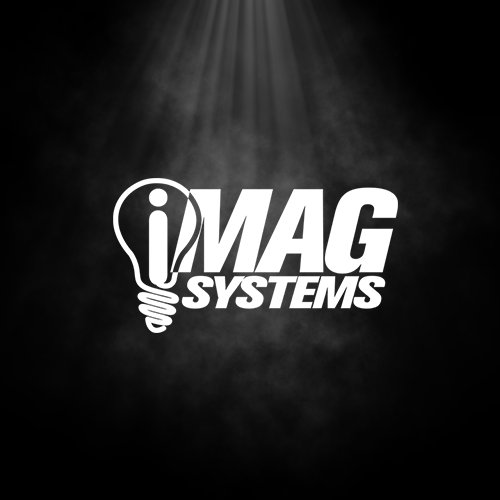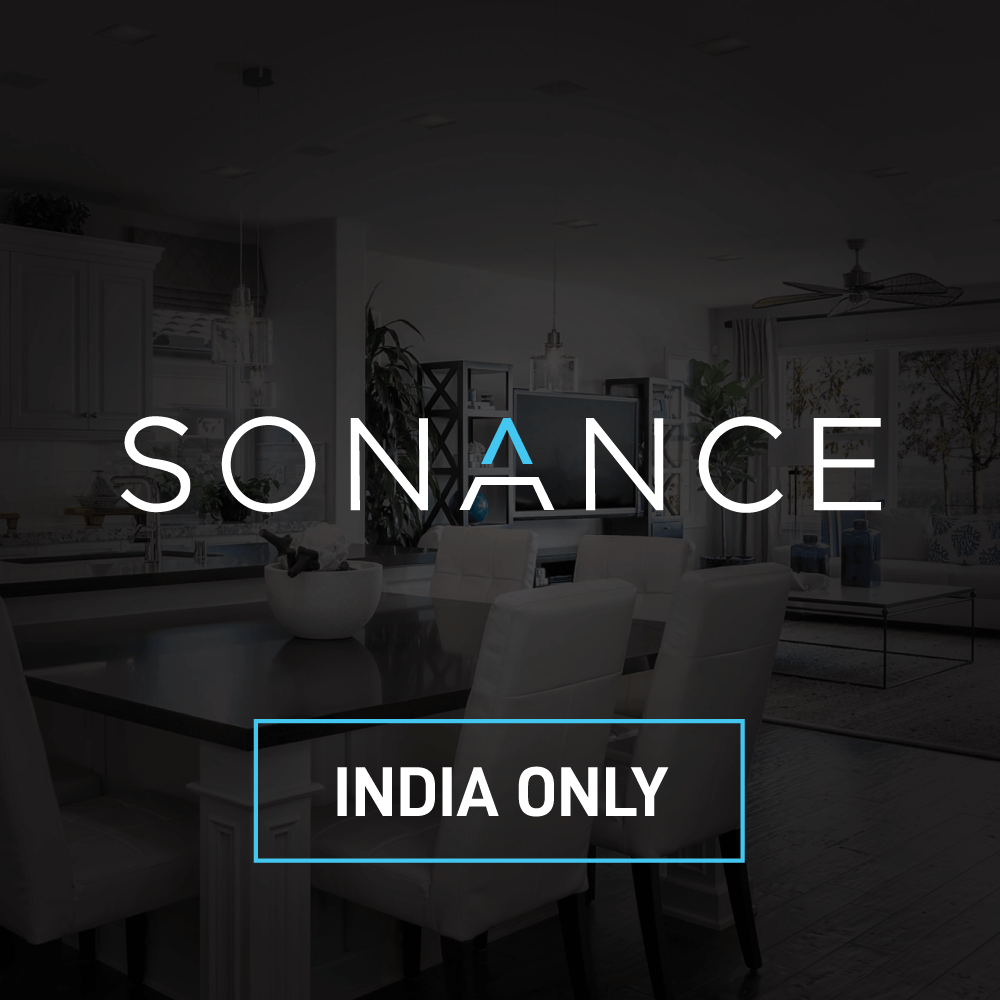Described as a “powerhouse of music and visual arts”, the four-day Hungarian INOTA Festival was a joint initiative between the European Capital of Culture (this year Veszprém-Balaton) and the electronic music scene of Budapest (Electronic Beats)—thanks to a collaboration between promoter collective NVC and video and 3D projection company Centrum Production. The objective was to establish Hungary’s largest audio-visual festival, focusing not only on top music acts but also light installations, pixel mapping and unique visual works.
Located a short distance from Lake Balaton in Várpalota, the venue was the thermal power plant of Inota—the largest industrial investment in Hungary back in the 1950s, with its three unique cooling towers. Closed since 2001, and set on a 225,000 sq.m facility, the INOTA Festival brought the staggering 6,000 sq.m Turbine Hall back to life, along with the Boiler Room and Community Centre.
Entrusted with providing full technical implementation, including sound, lights and staging in three of the prime locations, was Martin Audio partner, BG Event. They specified Martin Audio MLA loudspeaker arrays on the Power Plant main stage, as well as the Turbine Hall, with an MLA Mini solution in the Heating Room.
Providing coverage across the (approx.) 50m x 20m Power Plant Area were hangs of nine MLA, with an MLD Downfill at the base. This was underpinned by 16 MLX subwoofers in castellated cardioid array and six MLA Compact for frontfill. Martin Audio’s powerful XE500 wedges were provided for personal monitoring.
The Turbine Hall saw a similar hang configuration for the main PA, but with 16 MLX subs in castellated cardioid array, and two MLA Compact for frontfills. DJ booths were provided in the form of four WPS on a single SX218 sub, per side.
Finally the Heating Room was equipped with a four-set MLA Mini rig, with four CDD-LIVE 12 for fills and eight SX218 providing the LF extension in quad setup.
These spaces featured a myriad of over 100 artistes and performers, including DJ Seinfeld, Extrawelt, Daniel Avery, Overmono, Lebanon Hanover and Ellen Allien.
Reviewing the challenges faced, BG Event’s Balázs Szentiványi, stated: “In the Turbine Hall, we were projecting 50m, and ‘Hard Avoid’ was programmed in the software to taper down at the end of the hall, so that an already difficult venue—full of columns and walls—would not echo. Once the room was full of people, we managed to achieve an SPL of 102-103dB LAEQ5 almost without reflection, and due to the sub arrangement without any cancellation or acoustic excitation on the stage where there were multiple turntables.”
Since the Turbine Hall was situated directly behind main stage, BG Event placed the entire stage area only in Hard Avoid, to achieve complete silence at this location. “With this solution a very dynamic soundscape was created,” Balázs continued. “For example we were able to make the harp soft and also the female singers.” Conversely, with Nils Frahm headlining on the outside stage, the production company needed to pay particular attention to reflections and feedback on stage. “With MLA and a cardioid MLX system, we were able to achieve a result we would probably not have been able to with systems of other manufacturers.”
As far as sound control went, a good outcome was achieved all round. “At the two large locations, we were able to maintain constant coverage and a sound pressure of 98-100dB(A), while at the external measurement points, we were able to keep within the maximum limit of 55dB(A). By complying with those thresholds we did not disturb the tranquillity of the people living in the area!”
“In fact overall we only received positive feedback,” Balázs confirmed, after the event. “Everyone really liked the sound setup, and several international performers praised our work on the spot. They were extremely satisfied with the sound system, as were the organisers, who said they received nothing but positive feedback.”
BG Event’s technical support team were as follows:
Miklós Ábrahám, monitor tech (Power Plant Area stage)
Daniel Kerezsi, stage tech (Power Plant Area stage)
Roland Nagy, stage tech (Power Plant Area stage)
Tamas Patko, stage tech (Power Plant Area stage)
David Rikk, FOH tech Turbine Hall
Andras Vancsay, stage tech Turbine Hall
Kristóf Neuverth, Power Plant Area stage FOH, festival system tech
Photo Credit:
Bence Szemerey – Photo: 1-4
Rudolf Karancsi – Photo: 5-7
